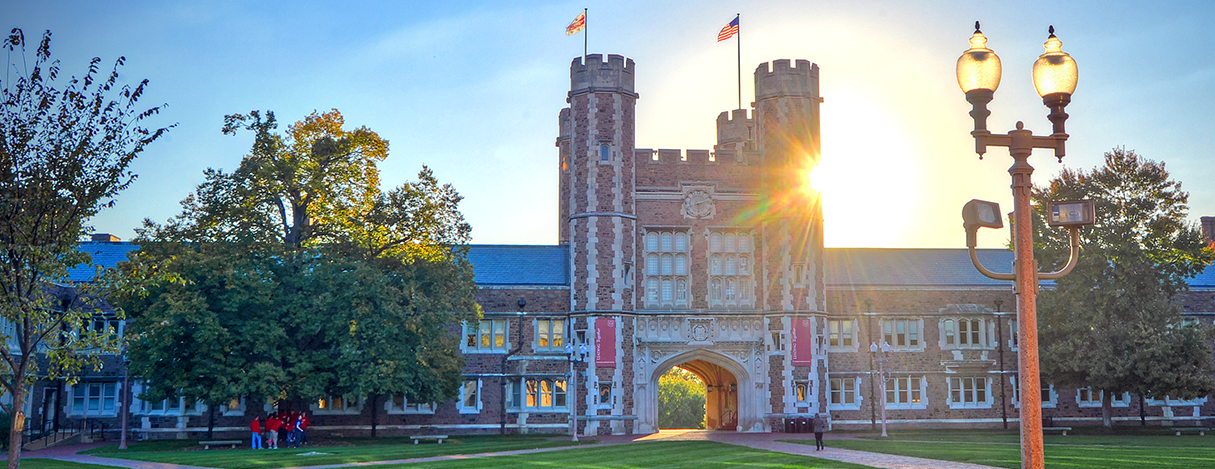Speaker
Description
The study of inclusive neutrino ($\nu$) cross sections and total fluxes for signs of (beyond) Standard Model interactions is critically dependent upon accurate theoretical modeling for consistent reconstruction of a $\nu$'s energy. Given the continuum of final state topologies available to such processes, the most popular form of this modeling within the experimental community generally occurs within event generators. One popular, longstanding, continually developing generator used today by Fermilab collaborations is GENIE; however, current simulations are usually based upon rather phenomenological, quasi-classical approximations, all fundamentally dependent upon underlying nuclear models which generally ignore crucial aspects of the nuclear response (such as nuclear many-body correlations). With a future path forward toward precision large scale experiments, a new lepton scattering GENIE module has begun development for $^{4}$He and ${}^{12}$C. This module will use nuclear response functions for electron scattering calculated with Quantum Monte Carlo computational methods that fully retain the complexity of the many-body correlations induced by the nuclear Hamiltonian and associated electroweak currents. Once completed, this module can be directly tested using world electron scattering data. Underlying physics, generator modeling assumptions, current implementation plans, and future comparisons will be discussed.




